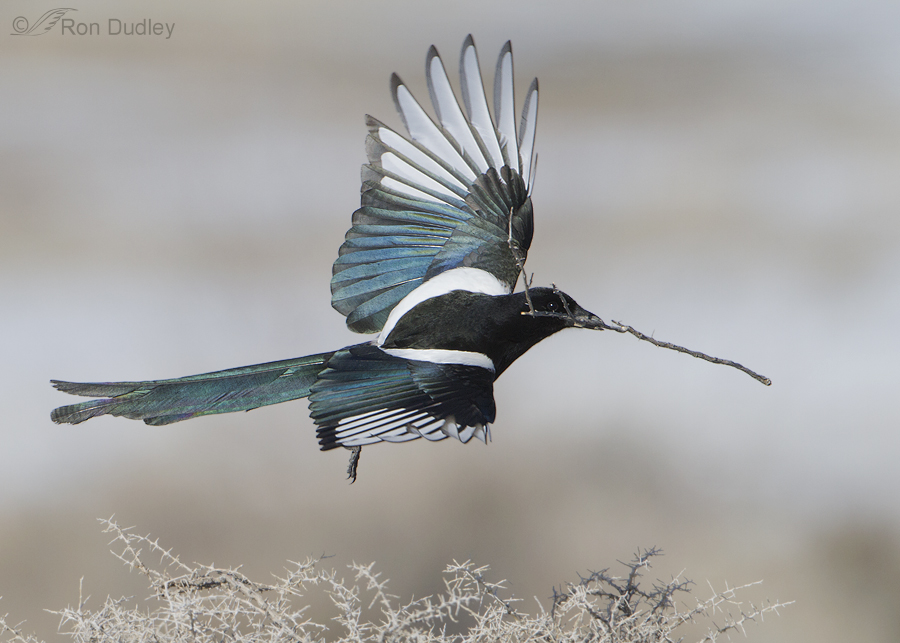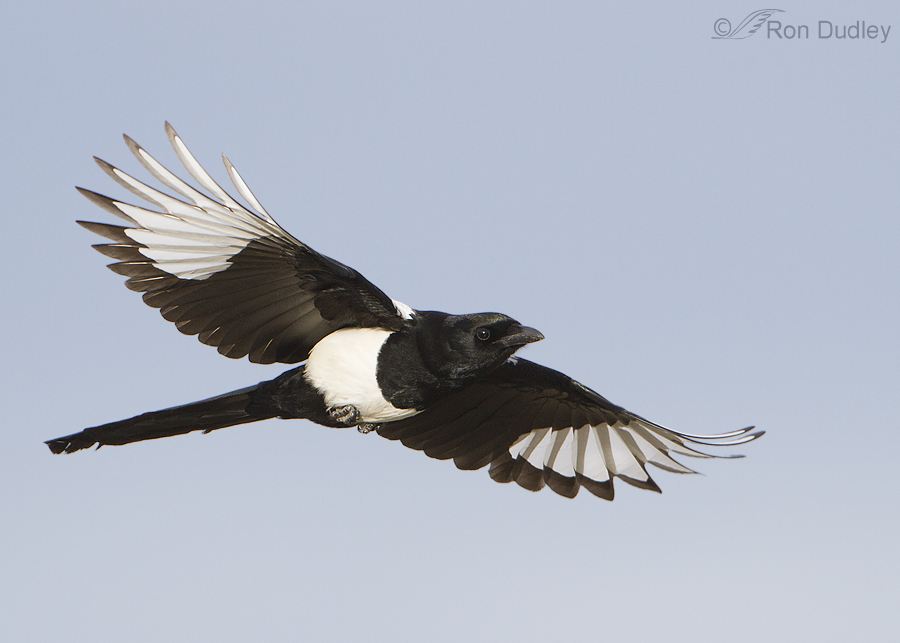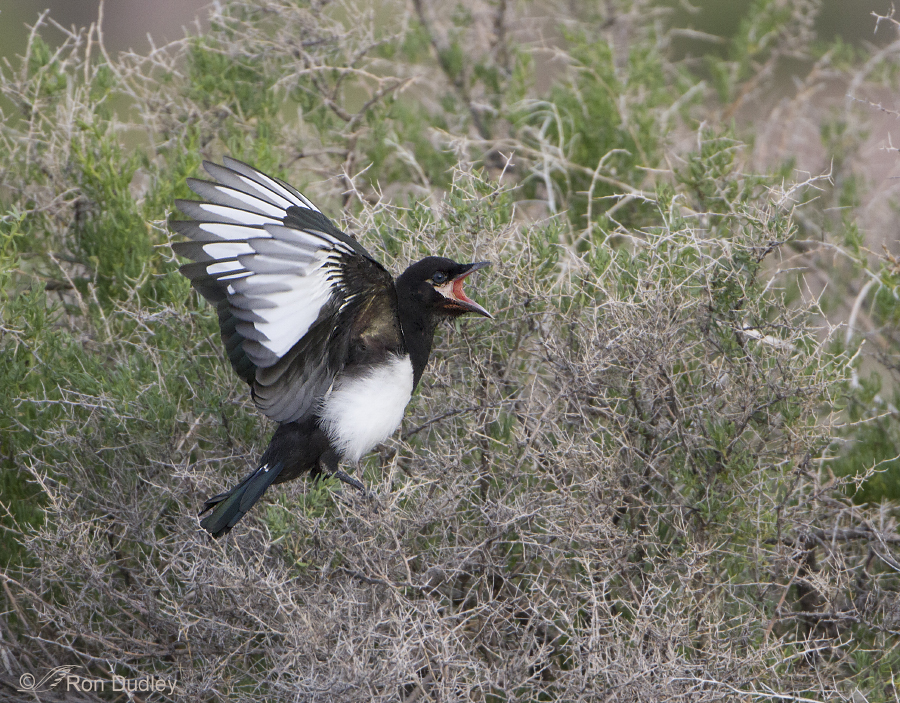When this Common Raven landed on a large rock fairly close to me last week on Antelope Island I could see that it had something in its beak and assumed that it was some type of food. It wasn’t until I got home and processed the images that I could tell what it was. Canon 7D, 500 f/4, 1.4 tc, 1/2500, f 6.3, ISO 500 It turns out that it was eggshell, presumably from its own nest. In researching Common Raven eggs I found that they have this kind of marking and color (though there is some variability in both) and this shell remnant seemed to be about the right size for a raven so my assumption is that it’s a raven eggshell and not leftovers from a meal from raiding the nest of another bird. There is a raven nest relatively close to this rock. Canon 7D, 500 f/4, 1.4 tc, 1/2500, f 6.3, ISO 500 Here the raven is very carefully placing the shell in a crevice in the rocks. At the time I took the photo I couldn’t figure out why the bird would simply abandon what I thought was food. Canon 7D, 500 f/4, 1.4 tc, 1/3200, f 6.3, ISO 500 Here the raven has dropped the eggshell… Canon 7D, 500 f/4, 1.4 tc, 1/2000, f 7.1, ISO 500 and then it hopped to the peak of the rock to “crow” about its accomplishment. Birds of North America Online says this about raven eggshell disposal – “No…
Continue reading




